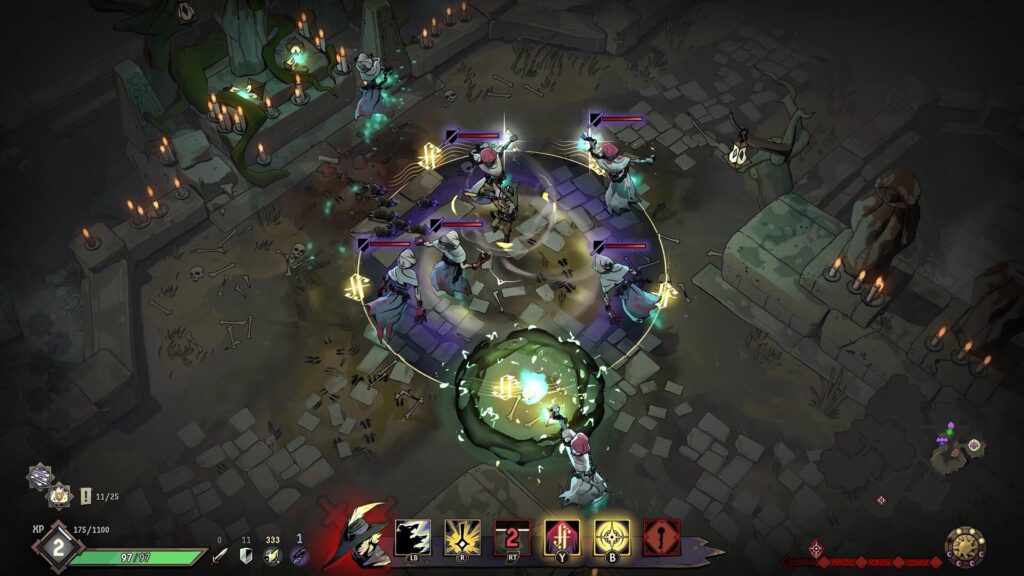
PC
After about a year in early access, Ravenswatch (not a game about choosing a new fabric with raven print, I’m sad to say) is properly out, and it’s a tremendous mix of Hades and Torchlight. Yes, we’re once again back in the parallel universe where a game that has everything people want isn’t getting the attention it deserves.
Honestly, this feels like it could be a forgotten Supergiant game, maybe one that came out before Pyre, and then was lost in the noise of Hades. Which is to say, I hold it in high esteem, and it’s testament to the stunning levels of art, sound and detail on offer. French team Passtech have previously had significant success with Curse of the Dead Gods, but for some reason Ravenswatch is getting buried.
This is a roguelite on a large scale, in which you play as one of an ever-larger number of characters, given three in-game days (20 minutes) to action-RPG battle your way around a procedurally generated sprawling level, fighting mobs, gathering loot, and upgrading your character’s abilities, all focused on surviving the hefty boss fight that appears three days in. Clear the fight and you enter the next large map, and continue to try to beef up your character for the next three days. Lose, and you are scored on your performance, and that character levels up accordingly.
What makes Ravenswatch stand out is a combination of the fantastic combat, the extraordinary detail with which you can upgrade, and the brilliantly original characters you play as. And the game really makes its mark with the one you’ll default to at first: Little Red Riding Hood. In a brilliant twist, in this fairytale world, Ms Riding-Hood is in fact the wolf, a werewolf, and you change back and forth between her two forms as the days and nights go by. Each has a completely unique set of attacks and abilities, Hood better used at a slight distance, with her throwable bomb and lethal dash, whereas the wolf is a melee fighter, tearing at enemies as a werewolf should.
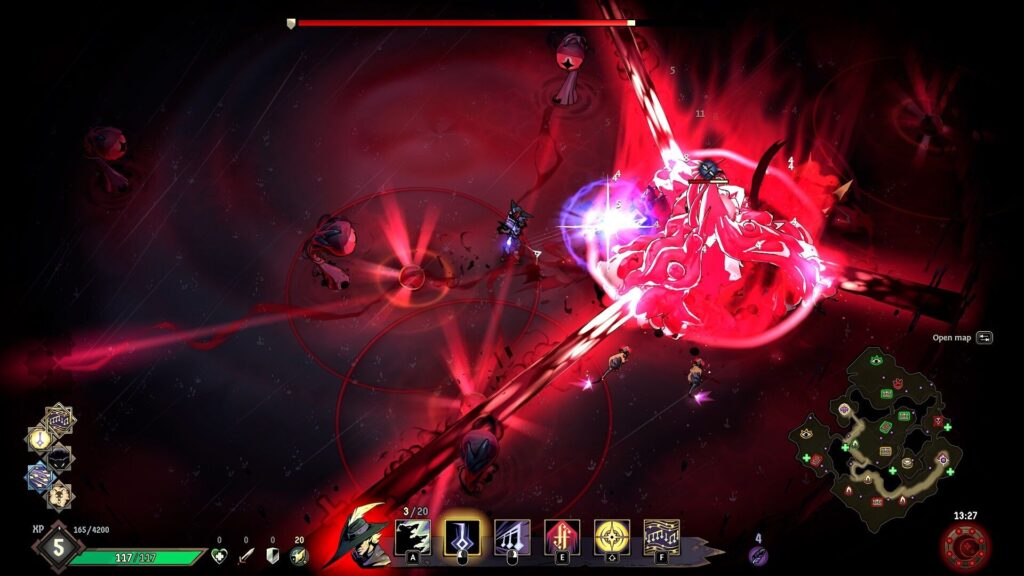
Also available from the start of the game is the Pied Piper, who is accompanied by a small army of ever-respawning rats, who can be sicced on enemies, while the Piper himself sends out volleys of ranged attacks of music from his pipe. Or there’s tank-like Beowulf, accompanied by a drake pup who launches fire attacks. And there’s The Snow Queen, Nyss, who freezes at range and shatters close up. After a small amount of play I unlocked rogue Aladdin, aided by the magic of his ring and lamp. You get the idea.
Each plays extremely differently, as does every mob type, and learning how to best use your current character’s behaviour to match that of each enemy is the real skill here. Enemies are so distinct, each requiring adapted tactics to defeat (although sometimes just spamming at a mad crowd works too), and combat offers a sense of reward. There’s always the hope of a health drop, but most often mobs surround useful items, perhaps a rare healing fountain that will increase your maximum health, or the entrance to a cave that contains defended treasure, or the game’s “Dream Shards” which work as a currency that lets you buy upgrades from each level’s seller.
I’ve only played the game single-player, but it can be played in co-op with up to four people playing different characters, and honestly, that sounds amazing.
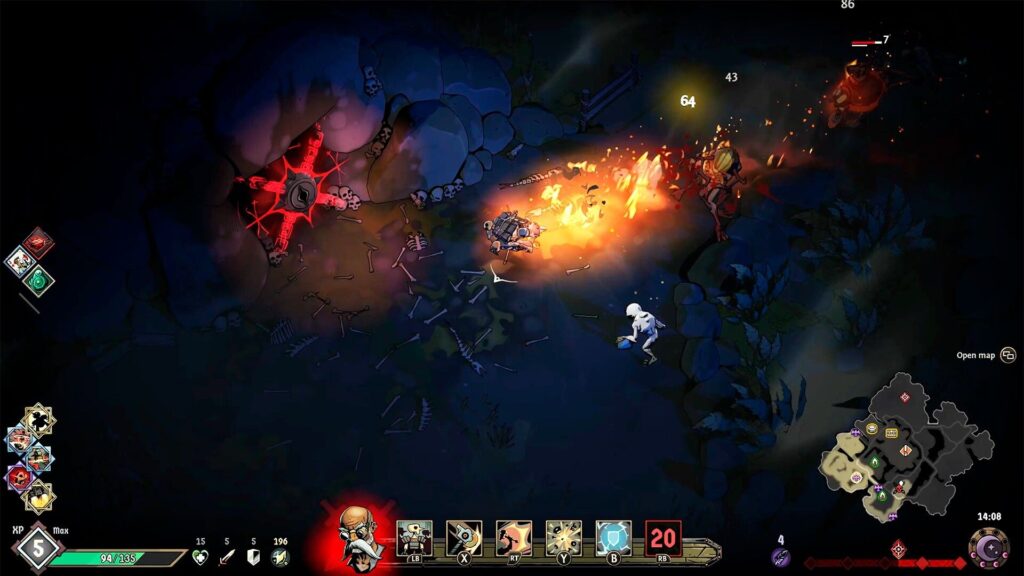
This clear loop of having 20 minutes to improve yourself as much as you dare (a lot of combat is risky, and you need your health pretty full before you take on the boss) is such a strong one. You have to decide how much you want to put yourself in danger, upgrading abilities to your preferred tweaks, and beefing up health and armour as much as possible. There are locked tomes that contain really powerful upgrades, but unlocking them requires killing a large number of spawning enemies in a given time – do you want to risk that battle for the bump at the end? (Yes, go on, you do.) Is it worth fighting to get the key for the door to the cave, or are you going to run out of time? Do you still have time to peg it back to the start of the area and buy upgrades with your shards?
How you upgrade is essential, too, and the game will force you down different paths. I’ve found that the best way to improve Hood is to have her bombs explode instantly, rather than on a timer, which also makes her immune to the blasts. Then oomph up those blasts as much as possible, and let her other skills stay weak, there to clear up after the bombs do most the work. But on another run, you might not get offered that instant explosion. You might only get options that include making it throw further away, while exploding more powerfully. That’s going to dramatically change all your tactics. And with the Piper, do you want more rats or bigger rats? And on and on and ever more elaborately on.
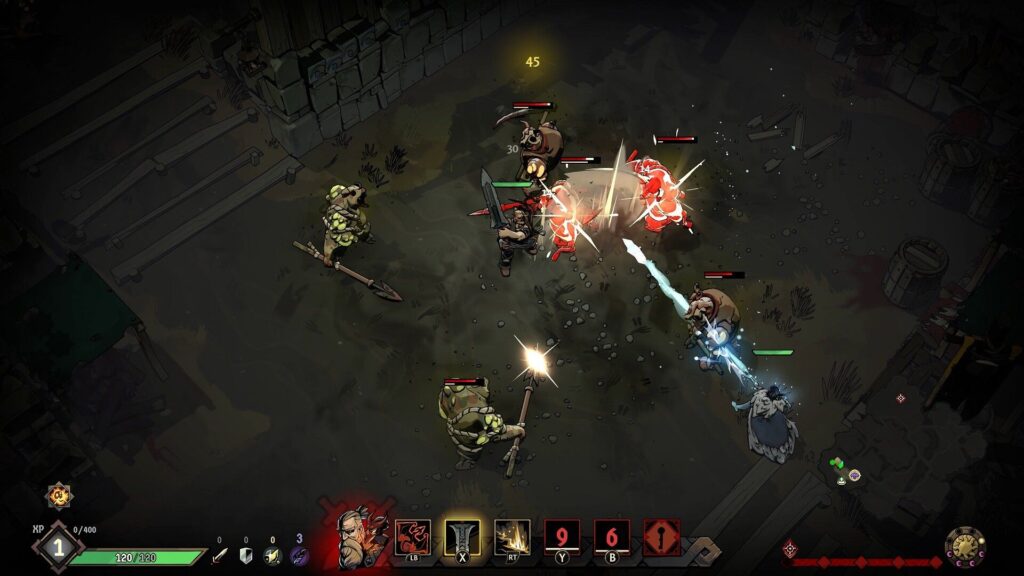
No, this doesn’t compare to something as extraordinary as what Supergiant are making now, and that’s OK. Honestly, I find Hades overwhelming, and a game like Ravenswatch is a far more approachable. There’s no doubt that this game is a broad, shallow pool, with wonderful details on its surface. This isn’t Diablo, disguising plunge-pool depths beneath its glossy sheen–it’s the glossy sheen. Sometimes, that’s exactly what I want. It’s also testament to the peculiarly mercurial nature of the gaming press that after Curse of the Dead God was scoring 9s from the likes of IGN, the follow-up game just gets completely missed, even with a year-long early access run-up.
Plus, the idea of Little Red Riding Hood being a werewolf is just brilliant.
- Passtech Games / Nacon
- Steam
- £20/$25
- Official Site
All Buried Treasure articles are funded by Patreon backers. If you want to see more reviews of great indie games, please consider backing this project.
83



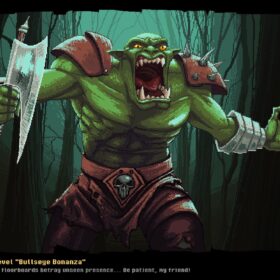
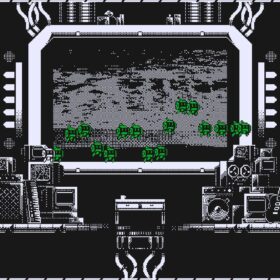
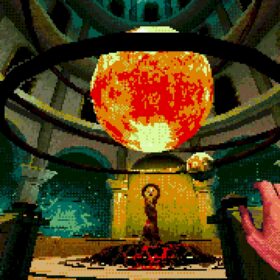

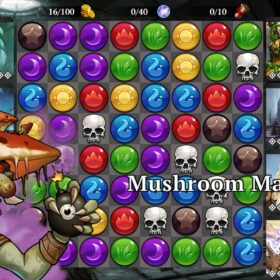
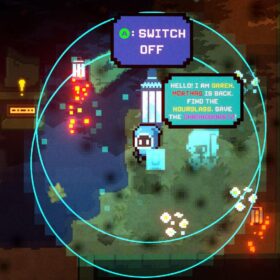

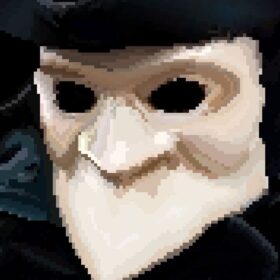
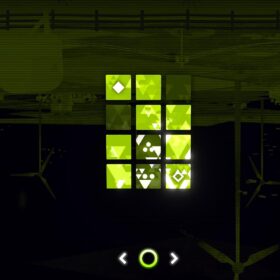
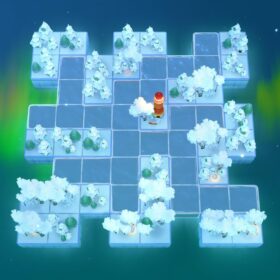
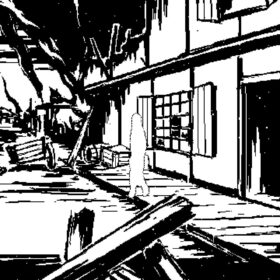



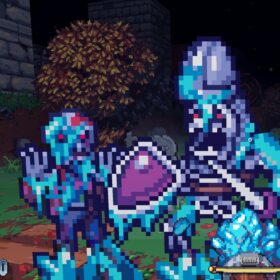
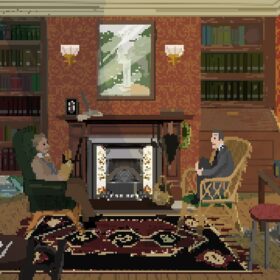
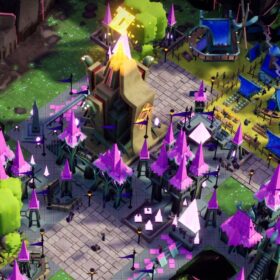
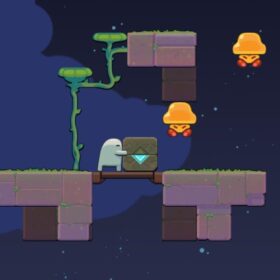
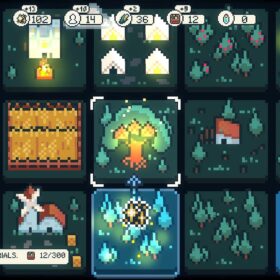

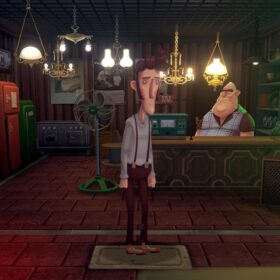
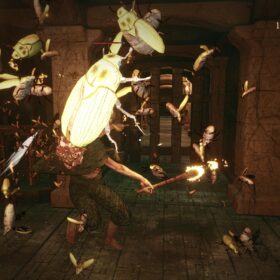

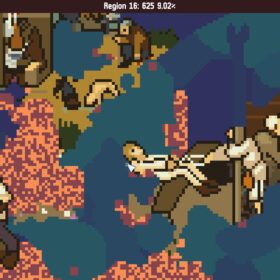
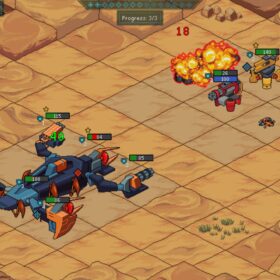

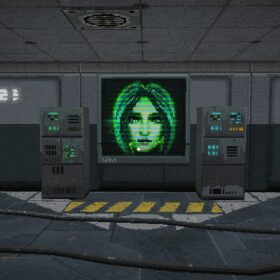
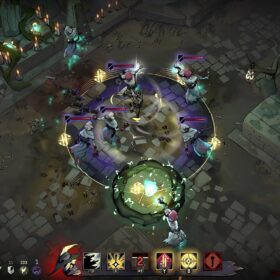
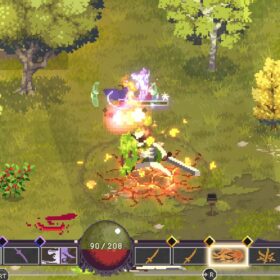
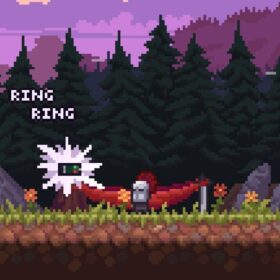
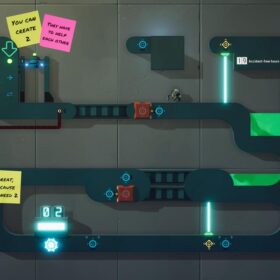
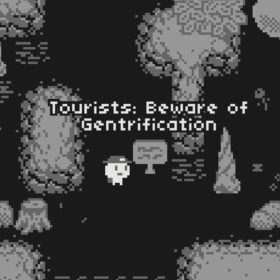

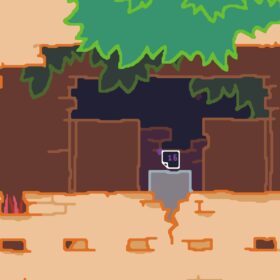
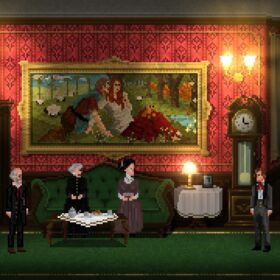

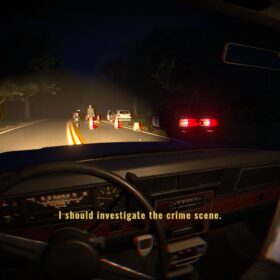
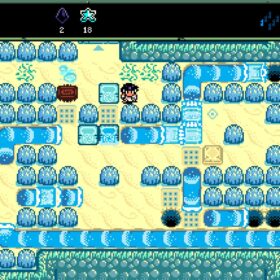
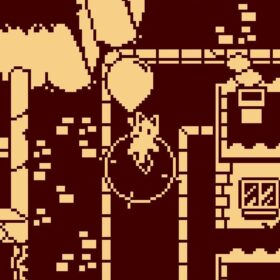
Exactly my taste, thank you John!!
I’ve been on the edge of trying Curse of the Dead Gods , Hades has bypassed that for me, but this one looks promising.
And these days I don’t have enough time for a Diablo 4 session…
I have hopes for a Switch release too!
Game has like 8000 steam reviews. Not exactly a buried treasure.
Very much on my radar now, thanks John!
I had to review Elden Ring: Night Rein, and I had to resist drawing comparisons between it and Ravenswatch. The reason being, that every misstep that Night Rein made, was something that Passtech had thought about and addressed in Ravenswatch.
Such a masterpiece of a game in contrast to that Fromsoftware stuff